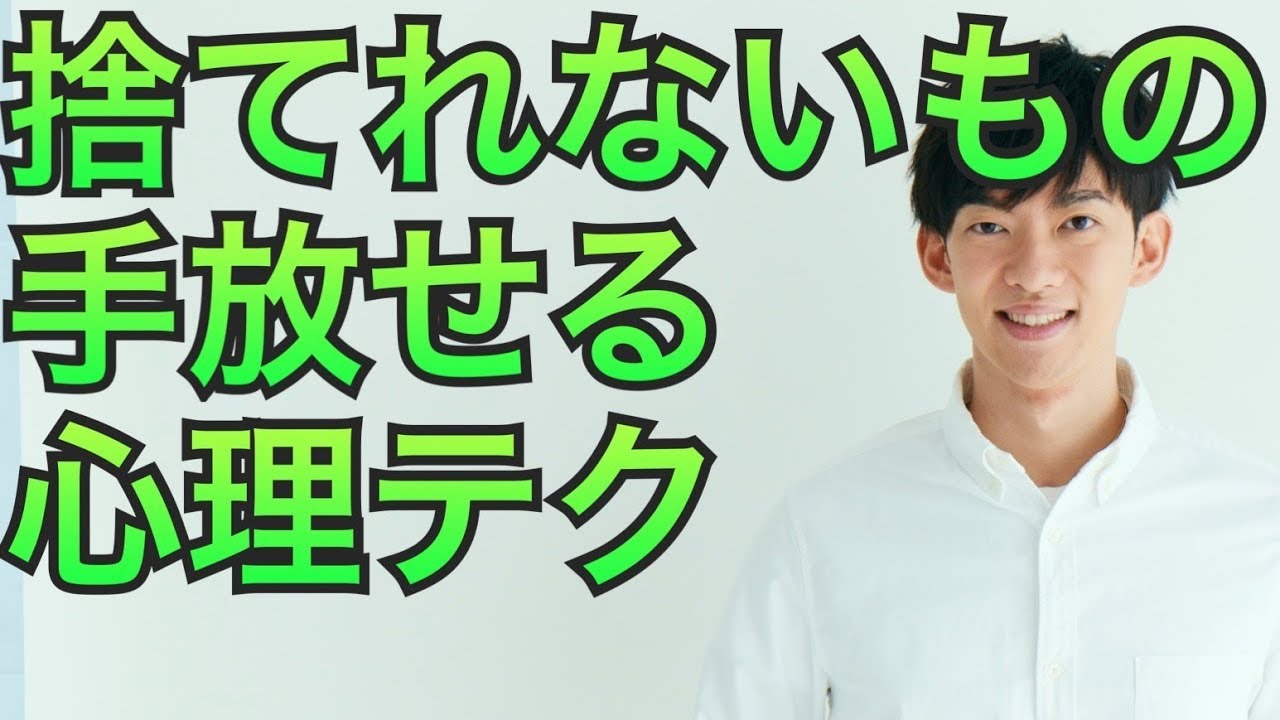Breathing Techniques to Reduce Stress and Anxiety | Dr. Andrew Huberman on the Physiological Sigh
Summary
TLDRストレスを急速に軽減する呼吸パターンについて、このビデオスクリプトでは研究された結果を紹介しています。生理学者によって発見された、深い眠り中に自然と行われている呼吸パターンは、ストレスを軽減するのに非常に効果的です。これは二つの吸気とその後の長い呼気を繰り返すことで、肺の小さな空気嚢を再膨張させ、一気に二酸化炭素を排出するプロトコルです。また、呼吸は心拍変動率をコントロールする鍵であり、呼気を強調することで心拍を遅らせ、心身を落ち着かせることができます。
Takeaways
- 🧘♂️ ストレスを減らすための呼吸パターン:ストレスレベルを急速に下げるための呼吸パターンを探求し、リアルタイムでストレスを調整できる方法を研究しました。
- 🛑 ストレスの生理学的側面:1930年代に発見された、深睡眠時に高濃度の二酸化炭素が血液中を蓄積すると行われる呼吸パターンを再発見しました。
- 💡 プロフェッショナルの研究:UCLAのjack feldman教授とスタンフォードのmark krasnow氏による、呼吸の神経生物学と肺機能の研究に基づいています。
- 🌬️ 二酸化炭素の排出:ダブルインハレーションと延長されたエクハレーションで、一度に多くの二酸化炭素を排出できます。
- 🏸 肺の構造:肺は大きな空気袋ではなく、網掛けのような小さな空気袋で構成されており、空気と二酸化炭素の排出量は非常に高くなります。
- 👃 呼吸方法:鼻または口で行うことができますが、鼻での呼吸が最も効果的です。
- 🔁 繰り返しの効果:実験室での研究や他の研究によると、生理学的パターンを1〜3回繰り返すことで、ストレスレベルが急速に下がることがわかりました。
- 🐕 動物の自然な呼吸:犬や子供たちが泣きじゃくるときに見られる自然な呼吸パターンと同じです。
- ❤️ 心拍数変動性(HRV):呼吸は心拍数変動性に影響を与えます。インハレーションで心臓が速くなり、エクハレーションで遅くなります。
- 🚫 ストレスの原因:ストレスは血液中の二酸化炭素が蓄積し、肺の小さな空気袋が膨張しなくなることで引き起こされます。
- ⏲️ 即時の活用:この呼吸パターンは意識的に行うことができ、ストレスを感じるときに即座に適用できます。
- 🧠 脳の調整:呼吸によって心臓のサイズが変わり、脳はそれに応じて心拍数を調整します。
Q & A
ストレスを最も迅速に軽減する呼吸パターンとは何ですか?
-ストレスを軽減する呼吸パターンは、深い眠り中や泣きじゃくる時に自然と発生するダブルインハレーションと長時間のエクサレーションです。これは体内の二酸化炭素を一度に放出するため、ストレスを非常に迅速に軽減できます。
呼吸パターンを意識的に操ることでストレスを軽減することはできますか?
-はい、呼吸パターンを意識的に操ることでストレスを軽減することができます。例えば、ダブルインハレーションを続けた後、長時間のエクサレーションを行うことでストレスレベルを下げる効果があります。
呼吸パターンが心拍変動率にどのように影響を与えるか説明してください。
-呼吸は心拍変動率を駆動する要因です。インハレーション時には心臓が大きくなり、血がゆっくりと流れるため心拍が速くなり、エクサレーション時には逆に心臓が小さくなり、血が速く流れるため心拍が遅くなります。
心拍変動率を高めるためにはどのような呼吸パターンを採用するべきですか?
-心拍変動率を高めるためには、エクサレーションをインハレーションよりも長くするべきです。これにより心拍を遅くし、システムを落ち着かせる効果があります。
心拍変動率を下げるためにはどのような呼吸パターンを採用するべきですか?
-心拍変動率を下げるためには、インハレーションをエクサレーションよりも長くするべきです。これにより心拍を速め、心身を活性化させる効果があります。
呼吸パターンがストレス軽減にどのように役立つか具体的に説明してください。
-呼吸パターンは体内の二酸化炭素レベルを急速に下げることでストレスを軽減します。ダブルインハレーションと長時間のエクサレーションは、肺の小さな空気袋を再膨張させ、二酸化炭素を一度に放出する効果があります。
ストレスを感じるときの自然な呼吸パターンはどのようなものでしょうか?
-ストレスを感じるとき、自然とダブルインハレーションと長時間のエクサレーションという呼吸パターンが発生します。これは体内の二酸化炭素を放出し、リラックス効果をもたらします。
呼吸パターンを意識的に操ることでどのような利点がありますか?
-呼吸パターンを意識的に操ることで、ストレスを軽減し、心拍変動率をコントロールすることができます。また、いつでも適用でき、ストレスをリアルタイムで調整することが可能です。
呼吸パターンを実践するためにはどのような環境が必要ですか?
-呼吸パターンを実践するためには特別な環境は必要ありません。水中にいない限り、どこでも実践でき、ストレスをリアルタイムで軽減することができます。
呼吸パターンの実践はどのような効果をもたらすか?
-呼吸パターンの実践はストレスレベルを急速に下げるだけでなく、心拍変動率を改善し、心身のバランスを促進する効果があります。
呼吸パターンを学ぶためにはどのようなリソースを利用できますか?
-呼吸パターンを学ぶためには、他人や犬のリラックスや眠りを見てその呼吸パターンを観察することができます。また、専門家の指導やオンラインリソースも有効な方法です。
Outlines

このセクションは有料ユーザー限定です。 アクセスするには、アップグレードをお願いします。
今すぐアップグレードMindmap

このセクションは有料ユーザー限定です。 アクセスするには、アップグレードをお願いします。
今すぐアップグレードKeywords

このセクションは有料ユーザー限定です。 アクセスするには、アップグレードをお願いします。
今すぐアップグレードHighlights

このセクションは有料ユーザー限定です。 アクセスするには、アップグレードをお願いします。
今すぐアップグレードTranscripts

このセクションは有料ユーザー限定です。 アクセスするには、アップグレードをお願いします。
今すぐアップグレード5.0 / 5 (0 votes)





